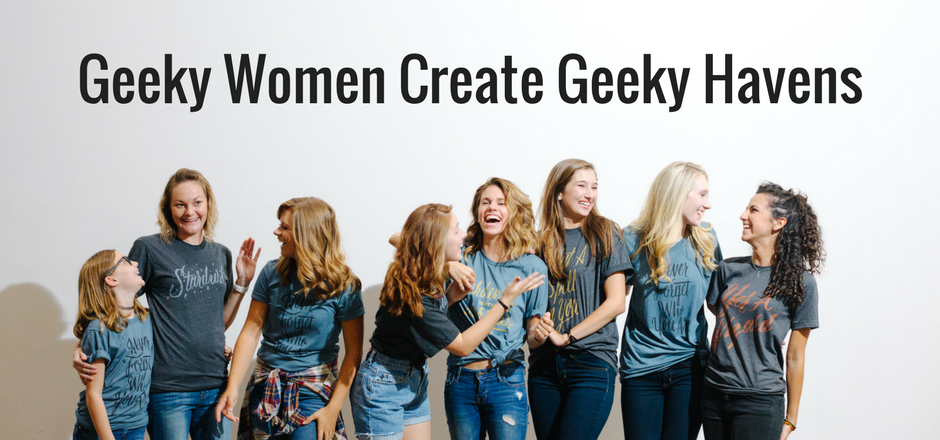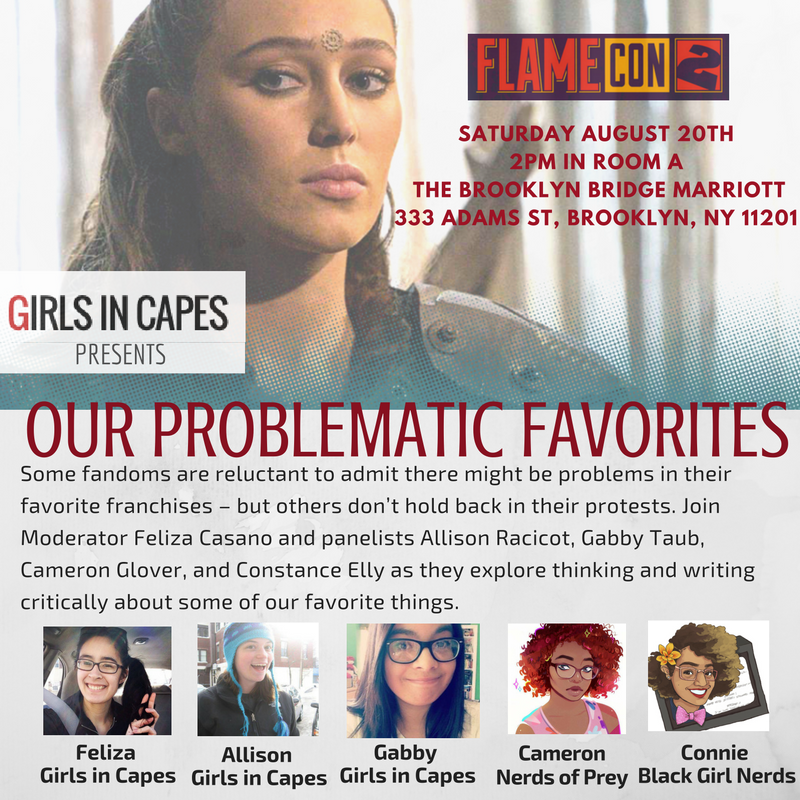Without villains, there would be no heroes.
Without Voldemort, Harry would’ve enjoyed the life of a normal wizard; without Sauron, Frodo would’ve never left the Shire; without Ganondorf, Link would’ve never left the Kokiri Forest and met Princess Zelda; and how different would’ve Tris Prior’s life been in Divergent if Jeanine Matthews hadn’t been there?
True, their lives would’ve been happier, but they never would’ve embarked on the journeys that made them the heroes we look up to and aspire to emulate, the people we want and need them to be. We are hardwired to root for the heroes, because that’s who we believe we are in our own lives. We are the Katnisses and the Supermen, and those who oppose us are our President Snows and Lex Luthors.
Except every once in a while, along comes a villain so mesmerizing, he or she blurs our lines of good and evil and we can’t help wanting to be more like the villain than the hero.
For every Batman cosplay, there are three or more Jokers at every convention. For every blog out there praising Thor and the rest of the Avengers, there’s a dozen more dedicated to Loki. And that’s hardly limited to comic book heroes and their blockbuster movies.
When it comes to video games, strong female villains like Sarah Kerrigan, Queen of Blades, from Starcraft and GLaDOS from Portal are remembered with a lot more ease and affection than the heroes of their respective games. Albert Wesker from Resident Evil, Handsome Jack from Borderlands 2, the Organization XIII from Kingdom Hearts, Andrew Ryan from Bioshock, and Sephiroth from Final Fantasy VII are some of the video game villains we were supposed to hate, but somehow ended up loving over the actual heroes.
[blocktext align=”right”]For every Batman cosplay, there are three or more Jokers at every convention. For every blog out there praising Thor and the rest of the Avengers, there’s a dozen more dedicated to Loki.[/blocktext]The same with anime and manga characters, like the Espadas from Bleach, Madara and Akatsuki from Naruto, the Homonculi from Fullmetal Alchemist, Vegeta from Dragon Ball Z, even Team Rocket from Pokémon. They are all characters who started their journeys as villains and somewhere along the way ended up being the reason we remained loyal to the shows, what we eagerly awaited for every time we tuned in.
We don’t even have to go that deep into geek culture: most mainstream movies and series also have villains that have, for decades even, overshadowed the heroes and heroines they oppose and completely gained the loyalty that should’ve belonged to those fighting for good. Hannibal Lecter, Terminator, Khan, Tyler Durden, and of course, Darth Vader are but a handful of those that stand for everything we are supposed to repudiate: chaos and destruction, greed, selfishness and envy, death and bloodlust.
And yet, who would watch the confrontation between Luke Skywalker and Darth Vader in The Empire Strikes Back and not stand in complete awe of the mysterious, towering dictator of the galaxy instead of the farm boy in front of him?
Even our new modern heroes would be considered villains under the typical standards of what makes a hero. Many popular series feature ethically-questionable and morally ambiguous protagonists that continually straddle the line between good and evil: the anti-heroes. There’s Sherlock and Dexter, Lelouch from Code Geass and Alucard from Hellsing, Kratos from God of War and practically every protagonist in Grand Theft Auto.
More often than not, villains show a more profound and human psychology than the heroes. We see Loki’s identity crisis and desperate need for acceptance, and it’s easier to identify with that than with the arrogant Thor’s desire to go back home. We watch the stunning cleverness and resourcefulness of the Joker, his unflinching and stark ideologies, and we desperately wish we could possess even a shred of what he so readily displays. Life is not black and white, and these villains know it and embrace it. Aside from the witty one-liners and thought-provoking speeches, the cool weapons and exhilarating actions scenes, far beyond their jaw-dropping actions and the kickass attitudes, what we love about our villains is pretty much what’s within: that warped, gray version of the hero that rings so true with our realities.
Since we are young, we are introduced to a world divided in blacks and whites. There’s supposed to be this clear line between what’s good and what’s evil, between right and wrong. But as we grow older, the line begins to fade, and suddenly the two sides of our worlds blur into each other. Yet the entertainment media insists on showcasing the world as a place reigned by this line: the good is white light, kind, selfless and brave; the bad is black darkness, selfish, greedy, envious and cowardly. But what person out there hasn’t experienced all of these emotions? It’s inevitable that we should identify with the villains when they’re often the only ones displaying humanity in all its imperfect reality instead of the unblemished and unattainable image of the hero.
In the end, the heroes might always win, but the villains are really the ones that linger.
The header image in this post is a cosplayer named Anthony Misiano. Visit him on Facebook here.
Lorraine Acevedo Franqui writes for Girl In Capes from Puerto Rico and holds degrees in English Literature and Psychology. Her main interests are young adult lit, anything related to The Legend of Zelda and Kingdom Hearts, assorted shounen mangas and cats.





